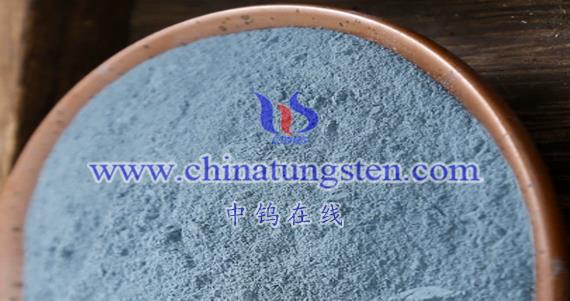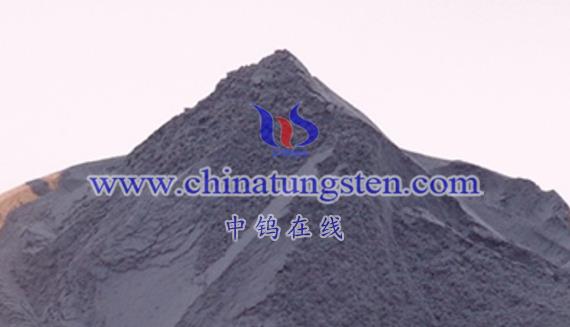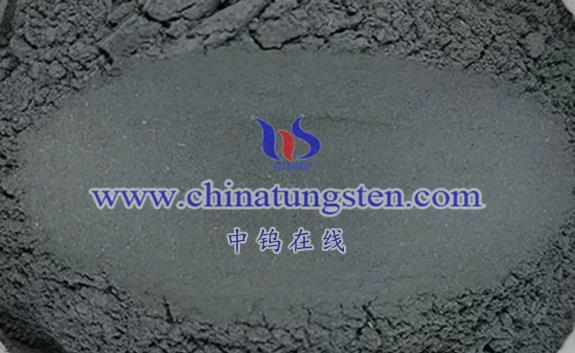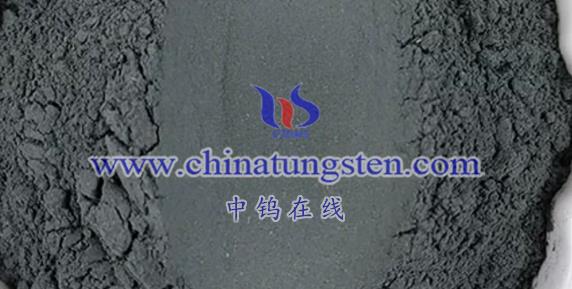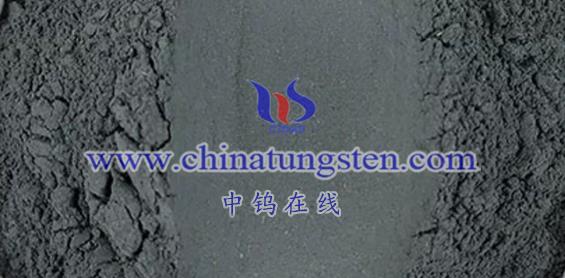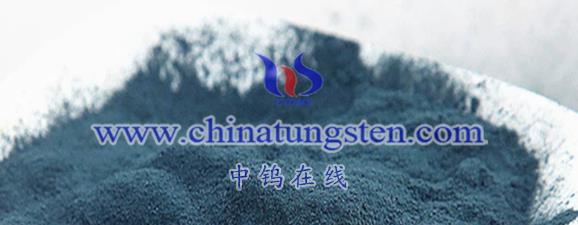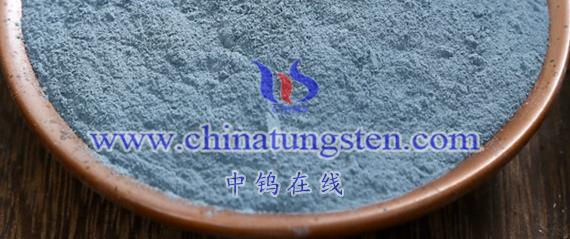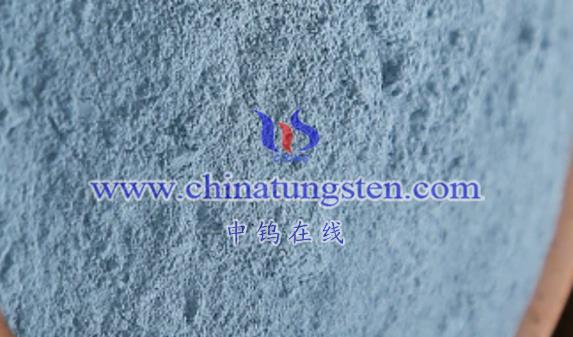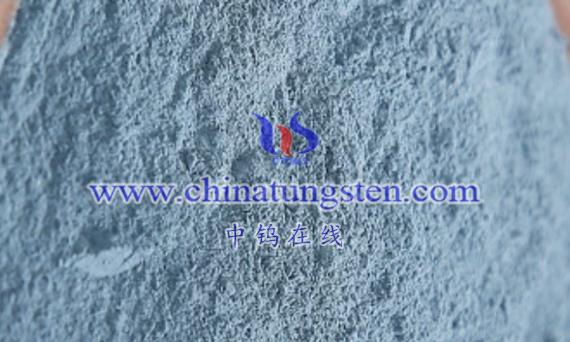
Tungsten bronze (MxWO3M_xtext{WO}_3MxWO3) exhibits remarkable electrical conductivity due to its unique structure, electronic configuration, and ionic behavior. Below is a detailed explanation of its conductivity mechanism:
- Structural Characteristics
Tungsten bronze typically adopts cubic or tetragonal crystal structures, with MMM representing cations like alkali metals, alkaline earth metals, or rare earth metals. This structure:
- Provides channels for the transport of electrons and ions.
- Creates a stable lattice that facilitates conduction while maintaining structural integrity.
- Mixed Valence States of Tungsten
The tungsten (WWW) atoms in tungsten bronze exist in multiple oxidation states, such as W6+,W5+,text{W}^{6+}, text{W}^{5+},W6+,W5+, and W4+text{W}^{4+}W4+.
- The mixed valence states allow easy transfer of electrons between tungsten atoms, a process called electron hopping, which significantly enhances conductivity.
- When MMM-ions (e.g., Na+text{Na}^+Na+) are embedded in the WO3text{WO}_3WO3 lattice, they donate extra electrons. These surplus electrons freely move within the lattice, further boosting electrical conductivity.
- Ionic Contribution
- The embedded MMM-ions can move within the lattice, creating ionic channels. These channels not only allow ion mobility but also influence electron transport.
- At higher temperatures, the vibrations of MMM-ions increase, making them more mobile and enhancing the overall conductivity of the material within a specific range.
- However, excessive MMM-ion incorporation can overcrowd the lattice, reducing available channels and potentially lowering conductivity.
- Types of Conductivity
Tungsten bronze exhibits different conductivity types based on its composition (MMM-type and xxx-value):
- Metallic Conductivity: Observed at higher xxx-values, where electron density is sufficient for free electron transport.
- Semiconducting Behavior: At lower xxx-values, electron transport is restricted, and conductivity depends on thermal activation of charge carriers.
- Fast Ion Conduction: In some compositions, ion mobility dominates, making it suitable for ionic conductor applications.
- Temperature Dependence
- At low temperatures, electron and ion mobility are limited due to reduced energy, and lattice vibrations (phonons) impede conduction.
- As temperature increases, electron and ion movement becomes more pronounced, enhancing conductivity. However, excessive MMM-ion content can saturate the lattice, limiting this effect.
- Tunability of Conductivity
The conductivity of tungsten bronze can be fine-tuned by varying MMM and xxx:
- Smaller xxx-values emphasize electronic contributions (semiconductor-like behavior).
- Larger xxx-values result in increased metallic conductivity due to higher free electron density.
Summary
The conductivity of tungsten bronze arises from:
- Electron hopping between mixed-valence tungsten atoms.
- Free electron movement provided by MMM-ion doping.
- Ionic mobility through lattice channels.
This combination of mechanisms enables tungsten bronze to exhibit metallic, semiconducting, or ionic conductivity, depending on its composition and conditions. These properties make it a valuable material in:
- Electronics: For conductive components and sensors.
- Energy storage: As fast ion conductors.
- Catalysis: Where electron transfer is crucial.
Its versatile conductivity further underscores tungsten bronze’s potential in cutting-edge technological applications.
More details of tungsten oxide product, please visit website: tungsten-oxide.com
Please contact CHINATUNGSTEN for inquiry and order of tungsten oxide:
Email: sales@chinatungsten.com
Tel.: 86 592 5129595
